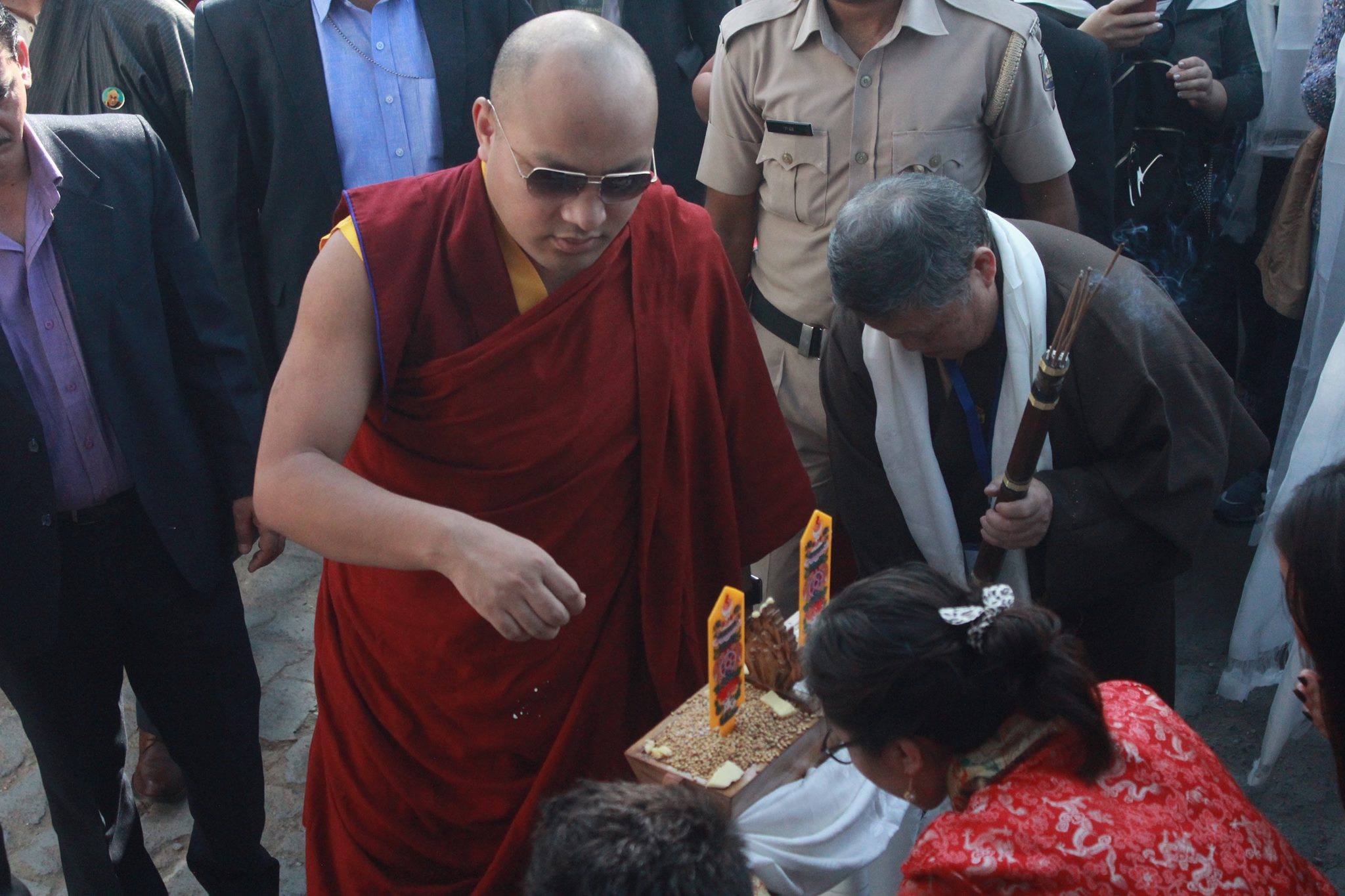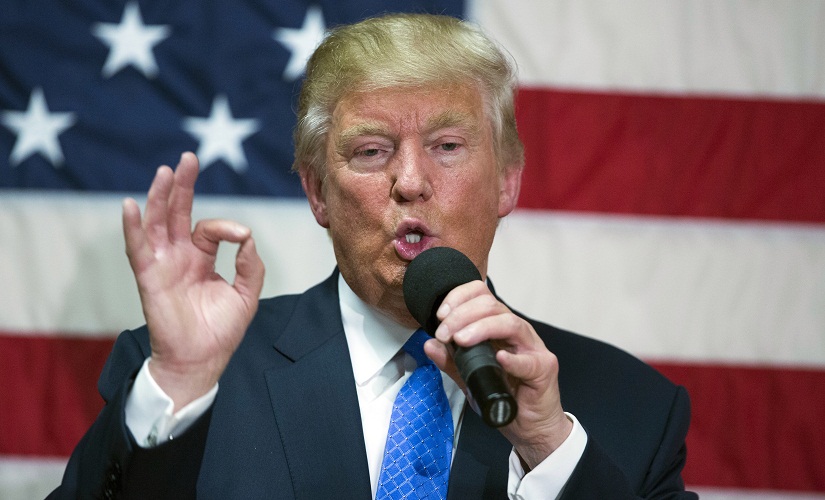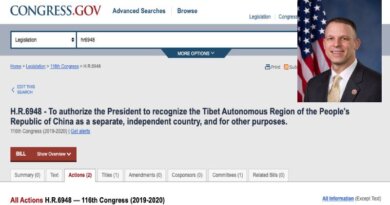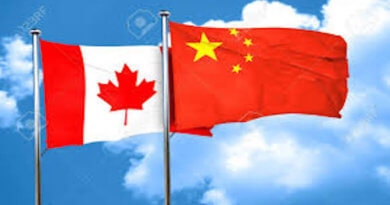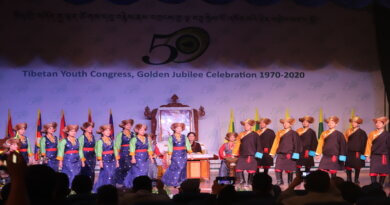China did not succeed in destroying Buddhism in Tibet: Lobsang Sangay
PTI | Washington | May 25, 2017
Sangay said the Tibetan government in exile discourages self-immolation and also noted that not a single Chinese person has been harmed by Tibetans.
Tibetans have foiled China’s attempts to “destroy” Buddhism in the remote Himalayan region with the help of nearly 30,000 monks and nuns “educated” in India who “sneaked” back to revive their culture, the leader of the Tibetan government in exile has said.
Lobsang Sangay, the president of the Central Tibetan Administration (CTA), said the “very objective of the invasion, occupation of Tibet in some ways if not defeated, has been diluted because (the Chinese) thought that they would destroy the Tibetan Buddhist civilisation thereby assimilate Tibet into China and Tibetan into Chinese. But it did not work.”
“Since 1980s, we have rebuilt voluntarily mainly by Tibetans inside Tibet and Buddhism has revived. And our sense of culture, civilisation and identity has also been revived in Tibet,” Sangay said yesterday at a public event organised by The Heritage Foundation, an American thinktank.
He said an estimated 30,000 Tibetans who were “educated” in India and “sneaked back” into Tibet have revived their civilisation.
“By going back in 1980s, when there was some social space in Tibet particularly, and in China in general, Tibetans rebuild monasteries in Tibet and learned and reeducated themselves with the help of some of the exiles (who were) trained and educated monks and nuns,” Sangay said.
“Buddhism has revived. Tibetans in Tibet are not just embracing Buddhism even the second and third generation of Tibetans are very much conscious of their identity,” he said. But, he said, the Chinese government “is hell bent upon the destruction of Buddhism in China”. Communist Party-ruled China is officially atheist.
Referring to the ongoing demolition of the Larung Gar monastery – the largest Buddhist institute in Tibet, which has some 12,000 monks and nuns, he said “unfortunately what is happening is that the Chines government is reviving something akin to cultural revolution in Tibet.”
He said the situation is same with other monastries in Tibet, “from where monks and nuns are being expelled.” “Because of this and other repressive policies of the Chinese government, 149 Tibetans have committed self-immolation of which nearly 130 have died,” he said.
Sangay said the Tibetan government in exile discourages self-immolation and also noted that not a single Chinese person has been harmed by Tibetans.
He also blamed China for the rapid melting of “thousands of glaciers” in Tibet on which 1.4 billion people in Asia depend for fresh water, saying migration of the Chinese to the Tibetan plateau and rapid urbanisation and industrialisation has led to the development. The Tibetan civilisation and culture ought to be preserved, he said.
Reiterating the “middle way” approach of the spiritual leader the Dalai Lama in resolving the dispute, Sangay said Tibetans should be granted “genuine” autonomy within China, within the framework of the Chinese Constitution.
“If the Chinese government implement their own laws listed in the Constitution and minorities nationalities act, we could take that as genuine autonomy,” he said, adding that the US supports the middle way approach of the Tibetan people.
“We do believe that the Tibetan cause would prevail,” Sangay said.
“His Holiness the Dalai Lama is not an obstacle to the solution of Tibet. He is the solution,” he said.

